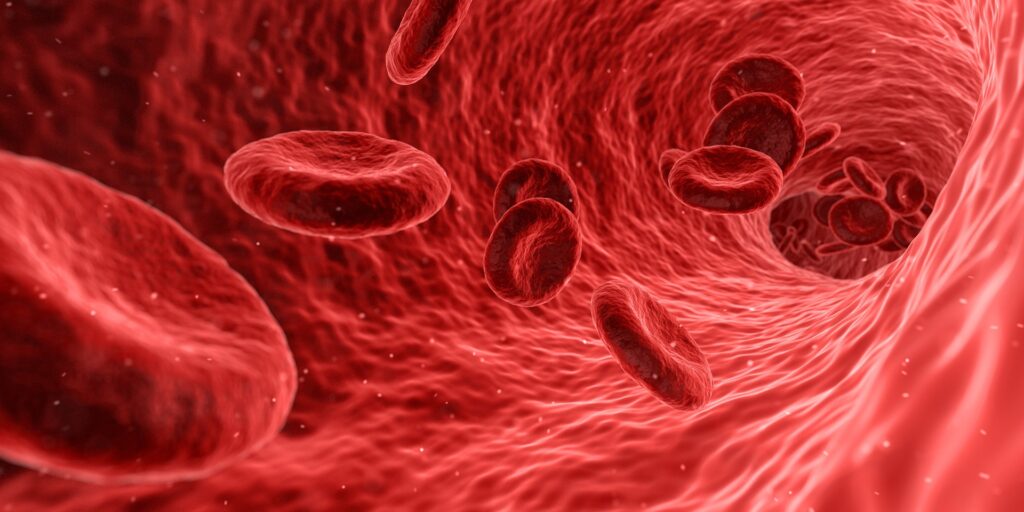
A new study revealed that lupus may be triggered by a defective process in the development of red blood cells (RBCs) which leaves mitochondria remnants. The study was published in Cell.
The researchers found that in a number of lupus patients, maturing red blood cells fail to get rid of their mitochondria, which are normally excluded from red blood cells. This abnormal retention of mitochondria can trigger the cascade of immune hyperactivity characteristic of this disease.
“Our findings support that red blood cells can play a really important role in driving inflammation in a subgroup of lupus patients. So this adds a new piece to the lupus puzzle, and could now open the door to new possibilities for therapeutic interventions,” said the study’s senior author, Dr Virginia Pascual, the Drukier Director of the Gale and Ira Drukier Institute for Children’s Health and the Ronay Menschel Professor of Pediatrics at Weill Cornell Medicine
Lupus is a chronic disorder with no cure that features intermittent and sometimes debilitating attacks by the immune system on the body’s own healthy tissues, including skin, joints, hair follicles, heart and kidneys. A common underlying factor in lupus is the abnormally elevated production of immune-activating proteins called type I interferons. Treatments aim to suppress immune activity, including interferon-driven inflammation.
Previous research found defective mitochondria in the immune cells of lupus patients. In the current study, the researchers focussed on red blood cells, which should lack mitochondria. Many lupus patients had red blood cells with detectable levels of mitochondria, and more common in patients with worse symptoms. By contrast, healthy controls had no mitochondria-containing red blood cells.
Lead author of the study, Dr. Simone Caielli, assistant professor of immunology research at the Drukier Institute and the Department of Pediatrics at Weill Cornell Medicine, then studied how human red blood cells normally get rid of mitochondria as they mature, as prior studies had mainly examined this in mice, and why this process could be defective in lupus patients.
Subsequent experiments showed these abnormal red blood cells cause inflammation. Normally, when red blood cells age or display signs of damage they are removed by macrophages, with binding antibodies helping removal. When the macrophages ingest them, the mitochondrial DNA in the red blood cells triggers a powerful inflammatory pathway called the cGAS/STING pathway, in turn driving type I interferon production. These findings show that “those lupus patients with mitochondria-containing red blood cells and evidence of circulating anti-RBC antibodies had higher interferon signatures compared to those who didn’t,” Dr Caielli said.
The researchers are now investigating how the mitochondria is retained in these cells. Identifying lupus patients with these cells could help predict when they are likely to undergo lupus flares and to develop therapies.
Source: Weill Cornell Medicine

